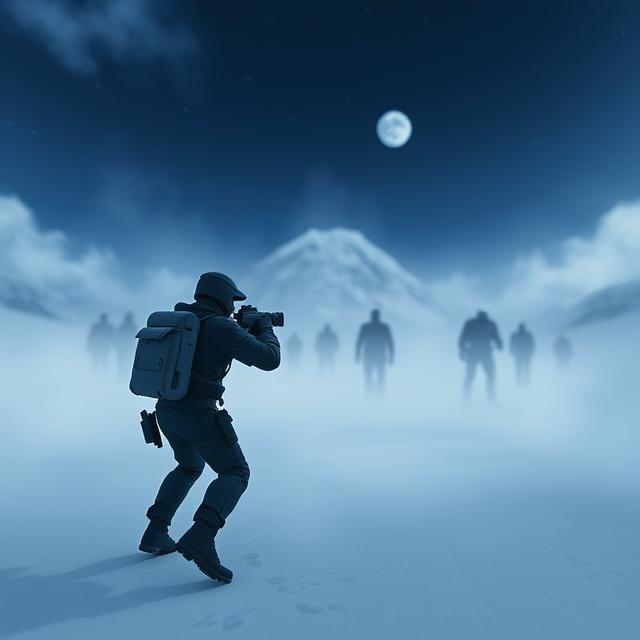Photo modes have become standard in modern games, especially in open-world, narrative, and visually rich experiences. More than a cosmetic feature, they reflect a deeper shift in how players engage with game worlds—not just as players, but as creators.
In titles like Ghost of Tsushima and Horizon Forbidden West, photo modes offer full control over time of day, weather, camera position, depth of field, and even character poses. Players use these tools not only to capture memories, but to compose scenes, tell micro-stories, and create content for social media or community sharing.
Photo modes encourage:
- Exploration: players slow down, look closely, and appreciate detail.
- Creativity: from framing to filters, it becomes a visual playground.
- Emotional documentation: capturing moments that felt meaningful.
Games like Red Dead Redemption 2 and Spider-Man have communities dedicated entirely to in-game photography. Developers now design with this in mind—placing scenic vistas, lighting setups, and moments that feel worth capturing.
From a design standpoint, photo modes:
- Extend game longevity by giving players more ways to engage.
- Offer a non-combat, meditative layer to gameplay.
- Help build community through shared creations and contests.
What started as a bonus has evolved into a quiet form of self-expression. For many players, photo mode is gameplay—not a pause, but another way to play.

Leave a Reply